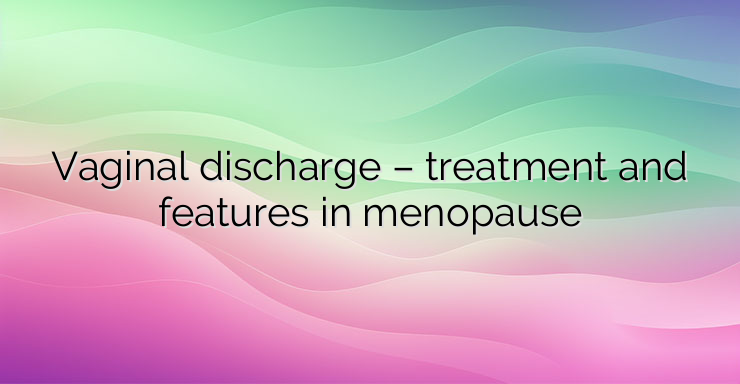Discharge from the vagina can be a normal process, but it can also be due to infection and inflammation. In this condition, both the vagina and the external female genitalia can be affected. Depending on the cause, other symptoms often appear – itching, burning, irritation, redness and sometimes pain during intercourse. Vaginal infections are usually prevented by the available protective bacteria – lactobacilli, which are normal inhabitants of the vaginal environment. These bacteria keep the acidity of the vagina within normal limits. When acidity decreases, the number of protective bacteria decreases, allowing the population of disease-causing microorganisms to increase. A key element in the prevention of vaginal discharge is treatment of the disease that causes it, for example bacterial infections require treatment with antibiotics. It is important that treatment is directed both against the infection and at relieving the symptoms. Daily hygiene and care of the intimate area is a leading factor that prevents the occurrence of vaginal discharge. It is recommended to use soaps with a gentle formula that do not cause irritation and drying. Cosmetic products that contain irritating ingredients can worsen the condition and lead to complications. For moderate or increased severity of the discharge, treatment with corticosteroid creams or oral antihistamines is recommended, as they relieve itching and irritation. Some of the antihistamines can cause drowsiness, which, in turn, could be beneficial in affecting sleep due to the discomfort caused. When a bacterial or fungal infection is established, as well as an infection with Trichomonas vaginalis, the use of antibiotics or antifungal agents is recommended. After menopause, estrogen levels drop significantly. This is associated with decreased discharge of secretions from the vagina. Thinning of the mucous membrane and vaginal dryness, in turn, lead to compensatory increased irritation and excessive discharge. On the other hand, vaginal dryness, pain during intercourse, as well as urinary infections are part of genitourinary syndrome during menopause. These conditions respond well to low-dose estrogen therapy. Thinning of the mucous membrane during menopause is also a predisposing factor to the development of infections. Dryness, as well as thinned tissues, are more susceptible to damage and bacterial penetration. References: https://www.msdmanuals.com/home/women-s-health-issues/symptoms-of-gynecologic-disorders/vaginal-discharge


Leave a Reply